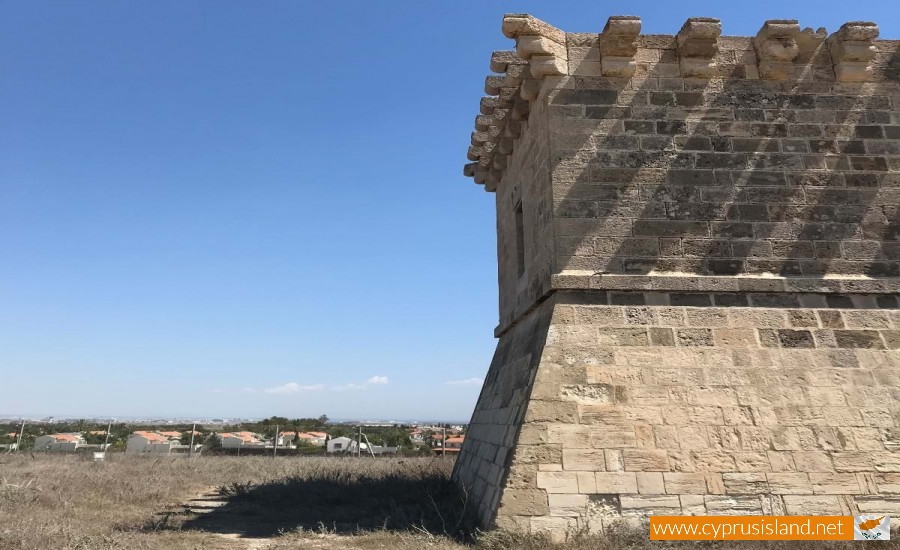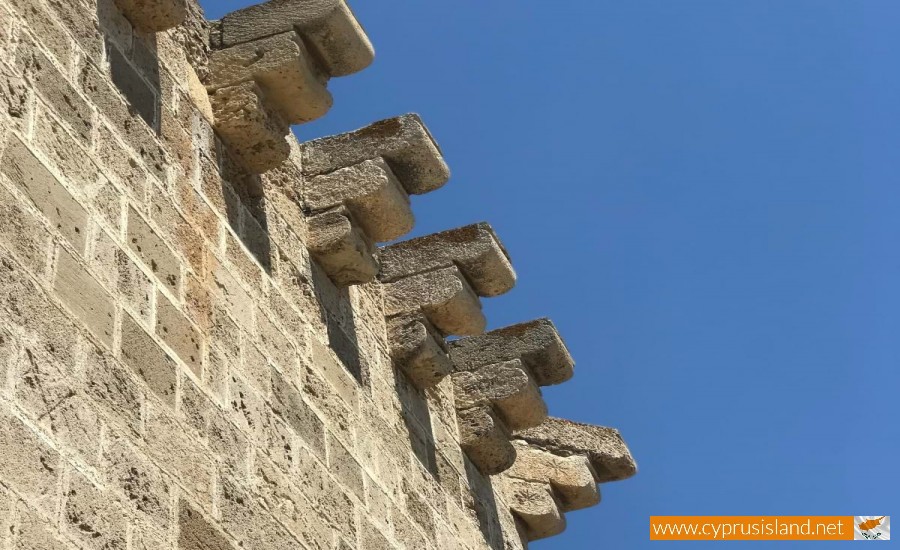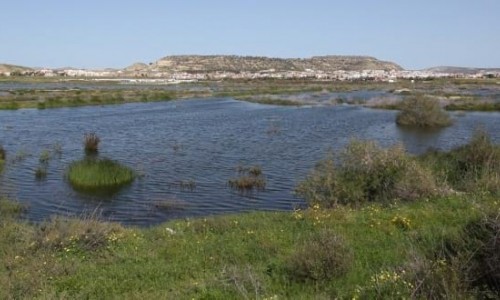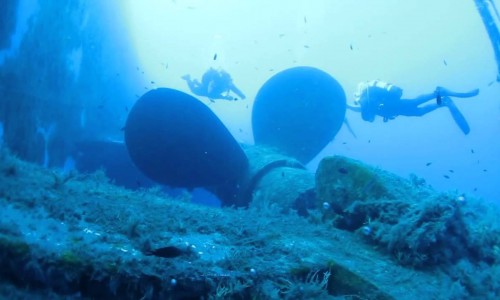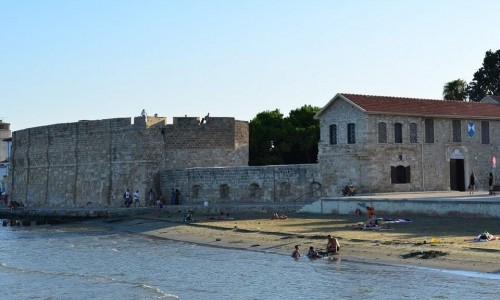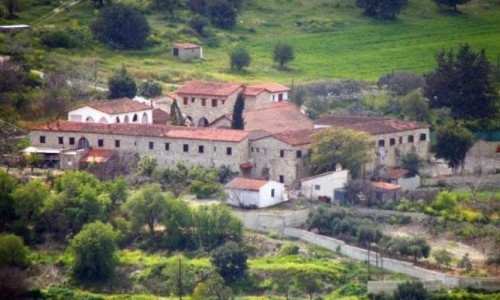Pyrgos tis Rigenas (Tower of Regina) - Pervolia
On a quiet rise near the coastal village of Pervolia, just a short drive from Larnaca, stands one of Cyprus’s most atmospheric medieval monuments — the Pyrgos tis Rigenas, or Tower of the Queen. Centuries old and steeped in legend, this stone tower once guarded the southern shores of the island and today remains a proud symbol of the area’s layered history.
A Watchtower by the Sea
The tower is located about two kilometres north of Cape Kiti, overlooking the endless blue of the Mediterranean. Its elevated position was no accident. During the Venetian period in the 15th and 16th centuries, when coastal raids by pirates were a constant threat, a series of lookout towers were built along Cyprus’s southern coastline.
Pyrgos tis Rigenas was one of these strategic outposts — a silent guardian built to watch the sea and warn nearby settlements of approaching danger.
At that time, the surrounding land of Pervolia belonged to royal estates under the Lusignan dynasty before passing to noble Venetian families. The tower thus served both as a defensive watchpoint and a symbol of authority over this fertile stretch of coastline.
Stone, Strength, and Symbolism
Constructed from local limestone, the tower is square in shape, measuring roughly six metres on each side, with walls thick enough to withstand attack and weather alike. The entrance sits four metres above the ground, accessible only by a removable wooden ladder — a clever defensive feature of the age.
Inside, the two-storey interior once held a water cistern at its base and living quarters for the guards above. The structure’s simplicity conceals fine details: decorative carvings, fragments of heraldic shields, and traces of the winged lion of Saint Mark, emblem of the Venetian Republic.
These details reveal not only the tower’s military purpose but also the pride of its builders, who saw it as a projection of power and prestige.
Myths, Queens, and Hidden Tunnels
Like many historic sites in Cyprus, the Tower of the Queen is wrapped in legend. Locals tell stories of a noblewoman — “the Rigena,” or queen — who once lived in the tower and ruled the surrounding lands. Some say a secret underground tunnel once connected the tower to the nearby village of Tersefanou, allowing her to flee unseen during times of danger.
According to one tale, she escaped with her golden chariot, which still lies buried somewhere beneath the earth, waiting to be found.
Another version ties the site to the goddess Aphrodite, who, enchanted by the queen’s beauty as she bathed nearby, chose the same waters for her own sacred rituals. Such myths blend the island’s ancient pagan past with its medieval history, giving the tower a sense of both mysticism and romance.
The Tower Today
Although weathered by centuries of wind and sun, Pyrgos tis Rigenas remains largely intact and stands as a protected monument. Restoration work began as early as the early 1900s, and the site continues to receive care from local heritage authorities.
Today, the area around the tower is open and unspoiled — no ticket booths or fences — allowing visitors to experience it freely. Standing there at sunset, with the golden light washing over the stones and the sea beyond, one easily senses the presence of history all around.
Visiting Pervolia’s Timeless Landmark
Reaching the tower is simple: it lies just outside Pervolia village, about a 20-minute drive from Larnaca city. Visitors can park nearby and walk a short distance to the site. The best times to visit are early morning or late afternoon, when the light is soft and the atmosphere serene.
There are no facilities on-site, so a bottle of water and comfortable shoes are recommended. The nearby Cape Kiti Lighthouse and the Church of Panagia Angeloktisti in Kiti make perfect companion stops for a day of exploring the area’s historical treasures.
Why It Matters
The Pyrgos tis Rigenas is more than a medieval relic — it’s a story carved in stone. It tells of coastal defences and noble estates, of mythic queens and gods, of Cyprus’s constant dance between East and West.
For travellers, it offers a peaceful encounter with the island’s past, far from crowds and commercial noise. For locals, it remains a proud landmark of identity — a reminder that even the smallest tower can hold centuries of memory within its walls.
Standing before it today, you can almost imagine a sentry keeping watch, a queen gazing toward the sea, and the distant glimmer of ships on the horizon — the same view that has inspired wonder for over five hundred years.



